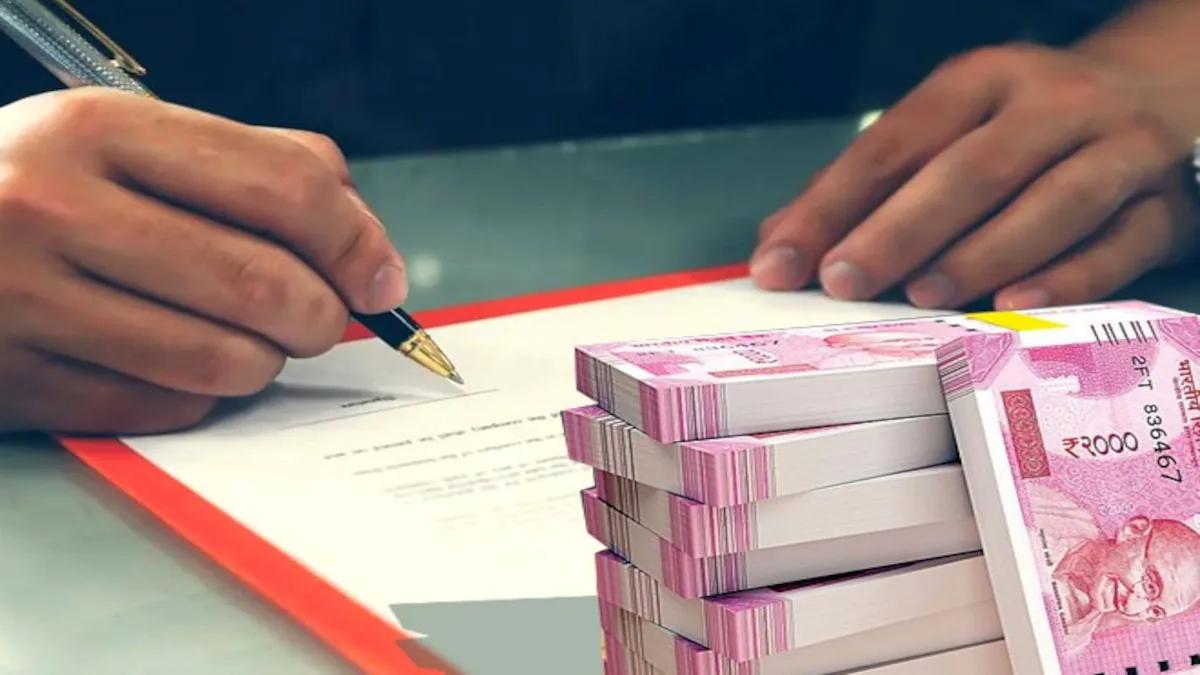On 10 February, wire services reported that the then interim finance minister Piyush Goyal favoured “printing currency” as a mode of deficit finance, approvingly citing the example of the US. “As finance ministers we are always in need of money,” Goyal said. He added, “I have heard that the US does deficit financing only by printing currency,” a canard that has been repeated by luminaries of the “Indic” ecosystem enveloping this government in its latter days.
By “printing currency”, Goyal is referring to what traditionally was called money finance or monetizing the fiscal deficit. This is in contrast to debt finance, through which governments sell bonds either domestically or internationally to plug the gap between revenue and expenditure. Both of these methods presuppose, of course, that the government is unwilling or unable to raise tax revenues to balance its budget.
Having said that, money finance is possible because of what is known as “seigniorage”—the profit the central bank makes as the monopoly provider of fiat currency. In simple terms, a newly printed ₹100 note can be used to purchase goods and services worth ₹100, but the cost of producing it is negligible in terms of paper, ink and manpower. In that margin lies the profit.
More formally, the flow of seigniorage in nominal terms in a given fiscal year may be defined most simply as the first difference (or “delta”) in notes issued between this year and last year, minus production costs (which we can assume are zero to a first order of approximation). Analytically, real seigniorage revenue may be decomposed into the revenue from the “inflation tax” plus net increase in real cash balances (note that the stock of accumulated seigniorage which is not paid out as dividend to the government forms part of the central bank’s realized accumulated reserves, how much of which should be paid out forming the subject of an analytically distinct, though related, debate).
This in turn gives rise to the inflation tax Laffer curve and the “optimal” inflation tax: the inflation rate that in a steady state maximises seigniorage profit. As economic theory shows, this is decreasing in “elasticity”, or responsiveness of the public’s willingness to hold cash balances as inflation rises. In simple terms, the more quickly the public dumps cash as inflation rises, the less seigniorage can monetary authorities squeeze out before they kill the golden goose.
In India’s case, for the fiscal year 2017-18, the Reserve Bank of India’s (RBI) balance sheet shows the first difference in notes issued as a little over ₹4 trillion. As a percentage of nominal gross domestic product (GDP), this works out to about 2.4% and, as a percentage of total central government expenditure, about 19%. These are not small numbers.
Up-to-date cross-section and time-series data on seigniorage are (perhaps not accidentally) difficult to ferret out from official government sources the world over, but the general pattern is clear. As reported by economist Reid W. Click in a 1998 research paper in Journal Of Money, Credit And Banking, average annual rates of seigniorage in India for the period 1971-90 were 1.7% as a share of GDP and 12% as a share of government spending. Today’s figures are higher, which is striking considering the apparently much greater sophistication of the Indian economy today than before liberalization.
What of Goyal’s claim about the US? It is not borne out by data. According to the same research paper, over the same period, average annual rates of seigniorage in the US were merely 0.4% as a share of GDP and a little less than 2% as a share of government spending. The pattern is similar for other advanced economies. By contrast, the record among emerging economies is more variable and generally worse. For example, for Argentina, average annual rates of seigniorage in the 1971-90 period were about 10% as a share of GDP and a huge 62% as a share of government spending.
The bottom line is that in advanced economies, seigniorage revenue is of little importance and is basically a byproduct of the existence of a monopoly fiat currency. Its greater use in emerging economies reflects underdeveloped fiscal systems, poorly functioning financial markets and governments’ lack of creditworthiness. Summarizing the political economy research, economists Alex Cukierman, Sebastian Edwards and Guido Tabellini in a 1992 research paper in the American Economic Review wrote, “high seigniorage, low central bank independence and high regime instability are likely to appear together”.
It gets worse for an inflation-targeting central bank, such as in India. Increased reliance on seigniorage will lead to increased money growth and this will require the RBI to “sterilize” the incipient increase in money supply through offsetting open market operations or other means to prevent inflation from rising above target. So, the increased use of seigniorage in an inflation-targeting regime is likely to be self-defeating. The only way an Indian government could generate substantially more revenues from seigniorage is if it is willing to tolerate substantially and permanently higher inflation, which would require, sooner or later, rubbishing the monetary policy framework enshrined in the RBI Act, to say nothing of the Fiscal Responsibility and Budget Management Act of 2003.
Doing so would be a reckless act of a government desperate for “free” money and the long-term consequences would be dire. Just ask Argentina.
Vivek Dehejia is resident senior fellow at the IDFC Institute, Mumbai.
[“source=livemint”]
















